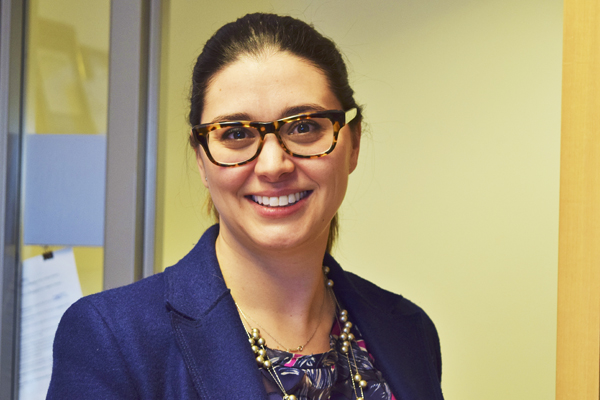Group seeks to offer 20 per cent of U of O courses as hybrid by 2020
The University of Ottawa is looking to increase its number of online and hybrid courses to better compete with national levels.
In the 2011–12 academic year, the U of O offered 14 online programs and 289 online and distance courses. Approximately 3,000 U of O courses now use Blackboard, but the U of O still ranks low for its e-learning compared to other Canadian universities.
The Senate discussed a report by the university’s e-Learning Working Group Sept. 23 and announced the university’s plans for online education.
To address its shortcomings, the U of O created the e-Learning Working Group, a body of eight people set to determine how the university should expand its online education. Since the group’s inception in June 2012, the group has explored different perspectives on e-learning, researched its benefits, and investigated how other universities have implemented it.
The group’s latest report was released in March 2013. One of its key findings was that a blended or hybrid model of learning—a course divided between in-class and online portions—provided more advantages than courses that were offered exclusively online or in-class. The report cited benefits like better grades, increased student engagement, and better retention.
According to the hybrid model, students study concepts online through videos, readings, and discussion boards for one week and consolidate what they learned online by participating in in-class activities, such as case studies the following week.
Influenced by these findings, one of the Working Group’s key suggestions was that by 2020, the U of O should offer 20 per cent of their courses as hybrid. They also recommended the university continue to offer online programs and to develop online options for high-enrolment courses.
According to Yves Herry, associate vice-president of the Teaching and Learning Support Service (TLSS), the team in charge of developing the hybrid initiative, the U of O will roll out new hybrid courses each year in order to reach the 20 per cent goal by 2020.
“We will not launch them on a large scale right away. We will do it progressively to make sure we have the resources necessary to provide quality courses,” Herry said.
To reach its goal, he said the university created an e-learning committee to support the development of hybrid courses and developed a program that will train and support professors interested in hybridizing their courses.
“For some students, this was the first time that they felt dynamic engagement with each other on online learning,” said Maurice Taylor, a professor in the Faculty of Education. “For others, it was the flexibility that won them over.”
Taylor used the hybrid model for one of his courses this year.
First-year education student Anisa Stoli also remarked on the flexibility of the hybrid course in which she’s currently enrolled.
“I don’t know how it would be if all my courses were hybrid though,” she said. “It depends on the course. Some need more face-to-face interaction, others not so much. But for this particular course, it works.”
Among potential issues arising from the new model is the considerable amount of time and resources professors will need in order to change their classes into a hybrid format and the potential that students and teachers will have technical difficulties while attempting to access the online portion of the course.
U of O president Allan Rock said it is “an ambitious undertaking, but it’s an essential one.”




